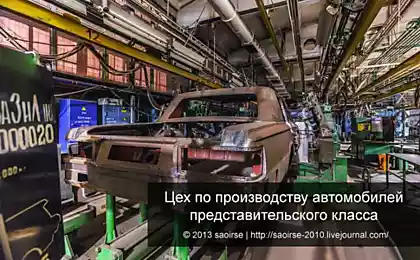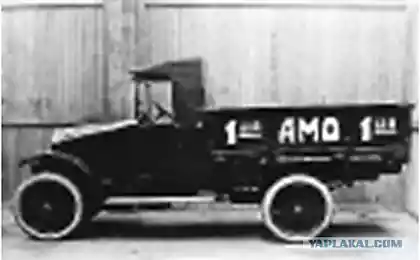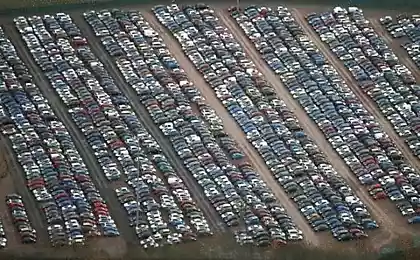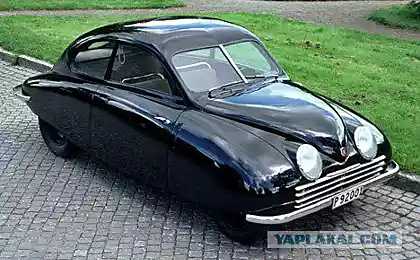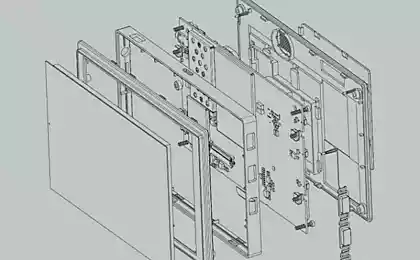627
8 beautiful cities, where gradually abandoning cars
Cars appeared more than 100 years ago and gradually conquered the city streets. But the car is not the most convenient urban transport - in London, for example, on a bike move around faster than by car, and many of you know firsthand about the Moscow traffic jams. In many cities there are beautiful pedestrian streets where no cars running.
We are in the Website would be happy to walk in the middle of his native city, where there are no cars. Here's how it looks in Europe and beyond.
Copenhagen, Denmark
Copenhagen - the city with the smallest number of cars in Europe. That's because in 1960 the authorities began to specifically expand the pedestrian zone in the center of the city and the narrow road. Now Copenhagen 320 km of bicycle paths, and in the near future it is planned to build a whole bike highway to link the sleeping areas to the city center.
Hamburg, Germany
< br>
In the city center there is an outright ban on cars, but the mayor's office is doing everything to the residents has become easier and more pleasant to travel on foot, by bike or public transport. Launched the project "Green Network": around the city in the next 20 years will smash parks, build bicycle paths and sidewalks. The pedestrian network snip off 40% of the city.
Madrid, Spain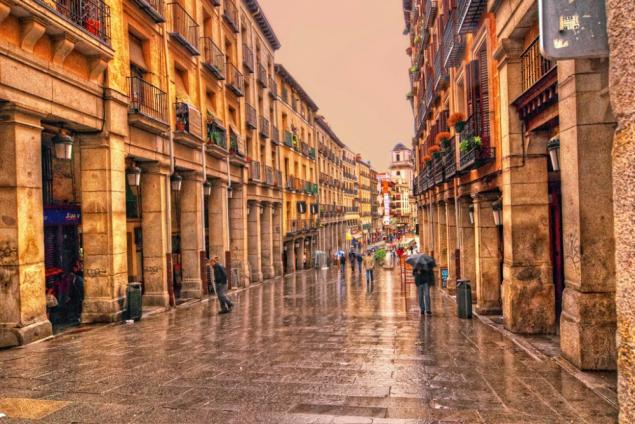
On many of the central streets of Madrid vehicles enter closed, a fine - $ 100. Exception - only for the residents of these streets. Thus the more the vehicle pollution, the higher parking fees. In the next five years, the city authorities are planning to release the machine from the entire city center and busy streets converted into a comfortable pedestrian zone.
Paris, France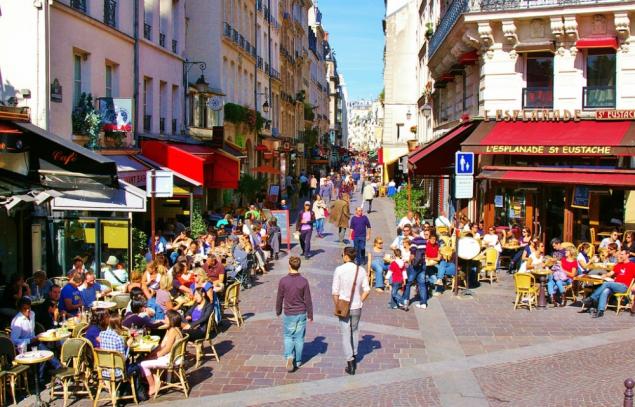
Two years ago, the level of smog in Paris rose sharply, and the government denied entry to the city center in one day cars with even numbers, and the other - with the odd. It worked: the level of pollution has decreased by 30%. By 2020, the mayor's office plans to expand the network of bicycle paths and allow entry to the center only vehicles with electric motors. In the meantime built several pedestrian zones in the center of Paris, and even the inhabitants of the central streets can not use the car on weekends.
Helsinki, Finland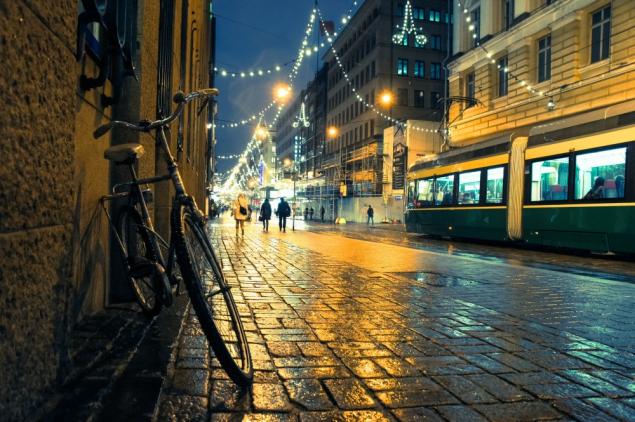
< br>
In the next 10 years in the Finnish capital to grow the population and the number of machines, by contrast, will decrease. It is planned to transfer all vehicular traffic to the suburbs and in the center to retain only public transportation. Already, mobile applications are designed for the city, with the help of which it is easy to find the nearest bike rental or tram stop. So cars are gradually becoming obsolete.
Chengdu, China
The streets of the suburb of Chengdu was originally designed so that at any point can be reached on foot within 15 minutes. The vehicles assigned to only half of the road, and the rest - cyclists and pedestrians
Bogota, Colombia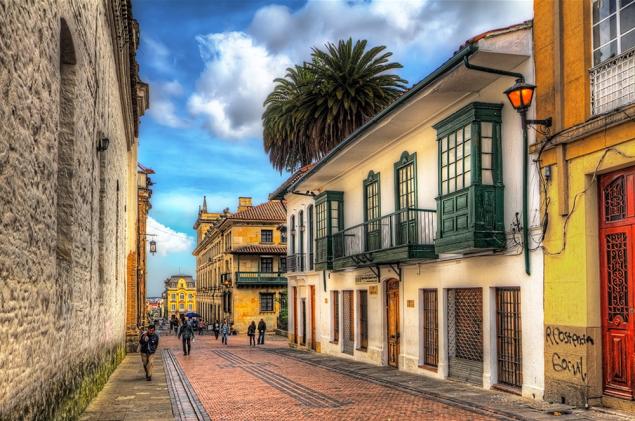
. In Bogota, back in the 1970s began to build bicycle paths and pedestrian network of streets. Now the city is about 300 km of bicycle paths, most central streets free of cars, but in the center of the scheduled ride buses.
Milan, Italy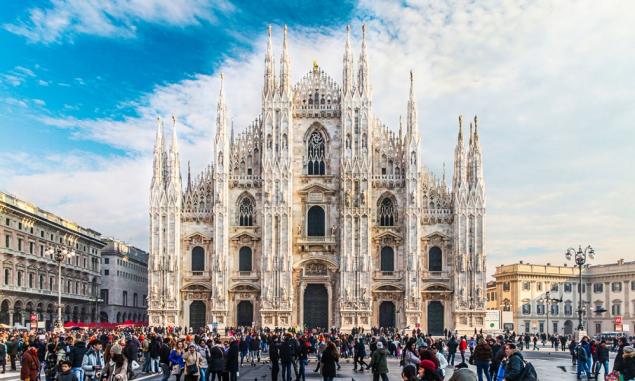
Milan authorities distribute vouchers for free public transport in order to motorists who deliberately leave home machine. All vehicles registered in a special system. When the car is parked on the owner's card is charged for travel agents.
According to the materials: fastcoexist
Translation and adaptation of the Website
via www.fastcoexist.com/3040634/7-cities-that-are-starting-to-go-car-free/
We are in the Website would be happy to walk in the middle of his native city, where there are no cars. Here's how it looks in Europe and beyond.
Copenhagen, Denmark

Copenhagen - the city with the smallest number of cars in Europe. That's because in 1960 the authorities began to specifically expand the pedestrian zone in the center of the city and the narrow road. Now Copenhagen 320 km of bicycle paths, and in the near future it is planned to build a whole bike highway to link the sleeping areas to the city center.
Hamburg, Germany

< br>
In the city center there is an outright ban on cars, but the mayor's office is doing everything to the residents has become easier and more pleasant to travel on foot, by bike or public transport. Launched the project "Green Network": around the city in the next 20 years will smash parks, build bicycle paths and sidewalks. The pedestrian network snip off 40% of the city.
Madrid, Spain

On many of the central streets of Madrid vehicles enter closed, a fine - $ 100. Exception - only for the residents of these streets. Thus the more the vehicle pollution, the higher parking fees. In the next five years, the city authorities are planning to release the machine from the entire city center and busy streets converted into a comfortable pedestrian zone.
Paris, France

Two years ago, the level of smog in Paris rose sharply, and the government denied entry to the city center in one day cars with even numbers, and the other - with the odd. It worked: the level of pollution has decreased by 30%. By 2020, the mayor's office plans to expand the network of bicycle paths and allow entry to the center only vehicles with electric motors. In the meantime built several pedestrian zones in the center of Paris, and even the inhabitants of the central streets can not use the car on weekends.
Helsinki, Finland

< br>
In the next 10 years in the Finnish capital to grow the population and the number of machines, by contrast, will decrease. It is planned to transfer all vehicular traffic to the suburbs and in the center to retain only public transportation. Already, mobile applications are designed for the city, with the help of which it is easy to find the nearest bike rental or tram stop. So cars are gradually becoming obsolete.
Chengdu, China

The streets of the suburb of Chengdu was originally designed so that at any point can be reached on foot within 15 minutes. The vehicles assigned to only half of the road, and the rest - cyclists and pedestrians
Bogota, Colombia

. In Bogota, back in the 1970s began to build bicycle paths and pedestrian network of streets. Now the city is about 300 km of bicycle paths, most central streets free of cars, but in the center of the scheduled ride buses.
Milan, Italy

Milan authorities distribute vouchers for free public transport in order to motorists who deliberately leave home machine. All vehicles registered in a special system. When the car is parked on the owner's card is charged for travel agents.
According to the materials: fastcoexist
Translation and adaptation of the Website
via www.fastcoexist.com/3040634/7-cities-that-are-starting-to-go-car-free/





